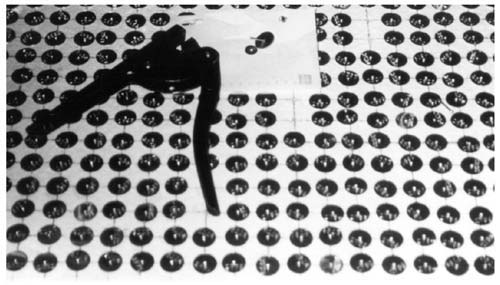At hatching, all goslings destined for a breeder flock must be tagged so that they can be identified throughout their growing and reproductive life. The best method is to wing band each gosling after hatching, preferably using duplicate wing bands with one in each wing. At 4-6 weeks of age geese should be identified again by putting on a leg band since the wing bands will probably come off before the end of their life as adult breeders.
One of the most important aspects of gosling identification is that it allows for the ready identification of males and females. Goose identification is also helpful in managing the breeder flock for such things as the following:
keeping track of geese of different ages;
determining egg production on an individual goose basis;
keeping records of which geese are broody and for how long;
assisting in the culling of non-productive geese.
In addition, under free-range conditions where geese belonging to a number of people are on the same range, identification is important to determine ownership of individual geese.
FIGURE 11. Goose wing bands with crimping pliers (France)

(Source: Buckland, 1995)